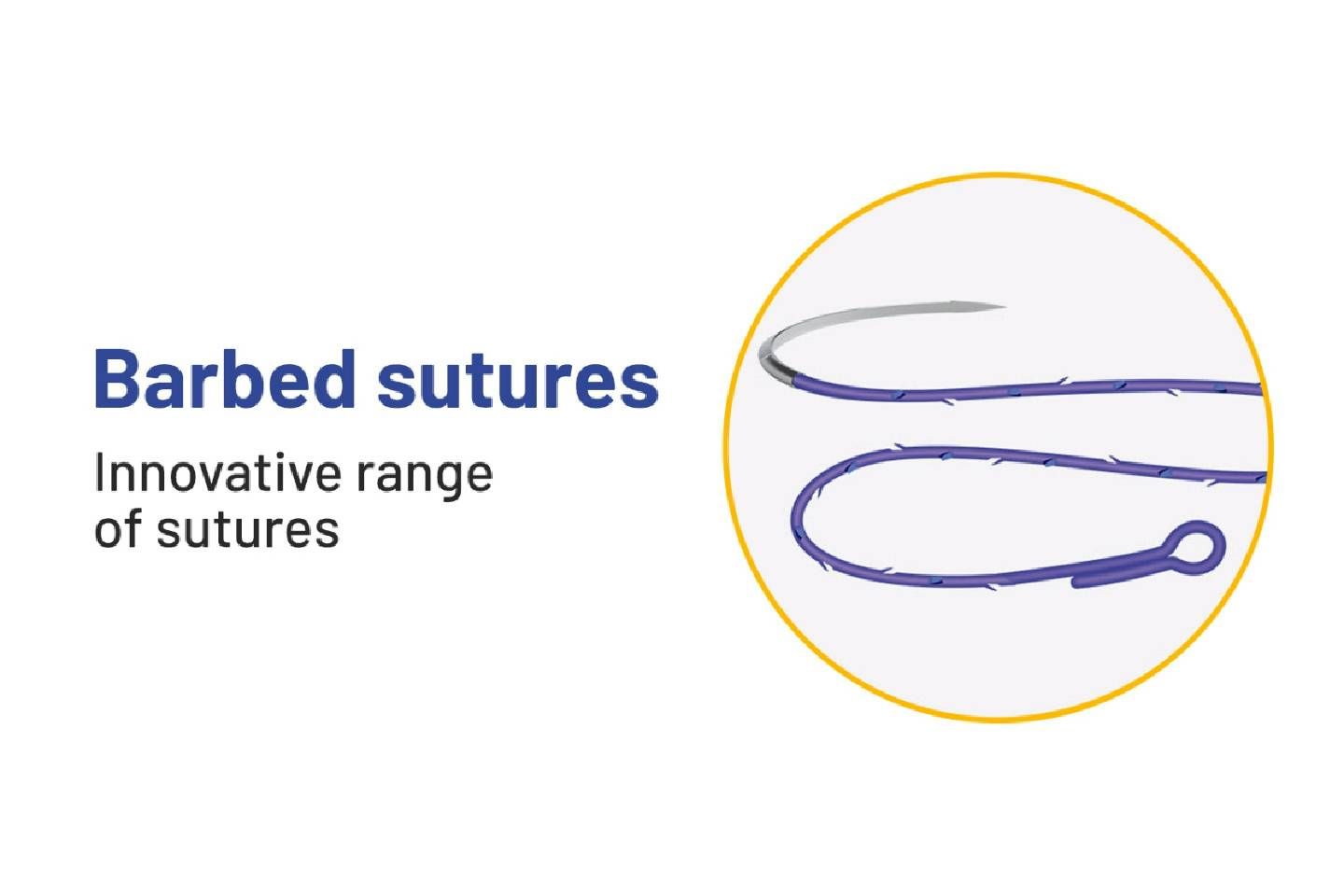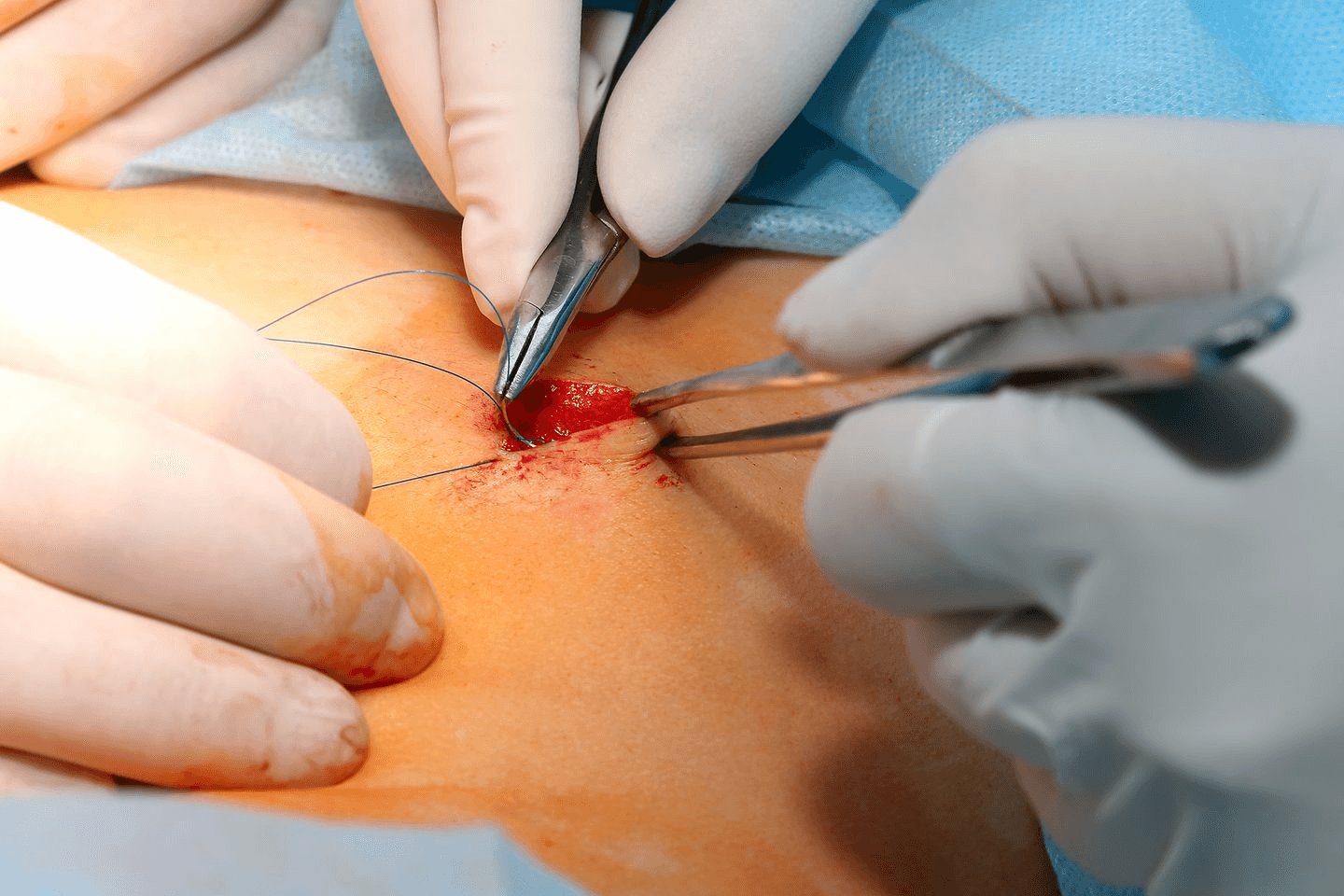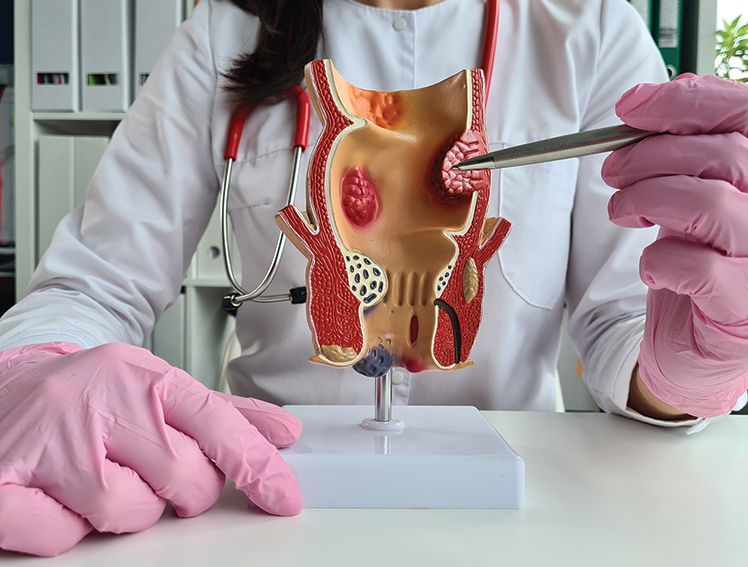
Advantages of Using Barbed Sutures in Surgical Procedures
Introduction
In surgeries, the main aim is to get the best results for the patient with as few problems as possible. One way to do this is by using barbed sutures. These small yet powerful tools are helping surgeons work faster and more effectively. Wondering how a simple suture can make such a big impact? You’re in the right place to find out!
What are Barbed Sutures?
Barbed sutures are a type of surgical stitch that has small, evenly spaced barbs along them. Unlike regular sutures that need knots to keep the wound closed, barbed sutures hold the tissue in place using these tiny barbs. The barbs stop the suture from slipping, ensuring the wound stays closed without the need for knots. This knot-free method helps make the procedure more efficient and secure.
Key Advantages of Using Barbed Sutures
Knotless Closure [1]
One of the biggest benefits of barbed sutures is that they don’t need knots to close a wound. Traditional sutures require knots at both ends to keep the wound shut, but these knots can sometimes cause issues like irritation or infection. Barbed sutures solve this problem by holding the tissue firmly without the need for knots, providing a smooth and secure closure. This lowers the chances of complications after surgery and improves the overall healing process.
Reduced Surgical Time [1]
In surgery, time is very important. The longer a surgery lasts, the more likely complications, like infections or blood loss, can happen. Barbed sutures help shorten surgery time because they don’t need knots to be tied again and again. Without having to stop and secure each stitch, surgeons can work faster and more efficiently. This saves time for the surgical team and reduces how long a patient needs to be under anesthesia, making the procedure safer.
Even Distribution of Tension [2]
When closing a wound, it's important to make sure the tension is spread evenly to help with healing. Barbed sutures are designed to do just that, ensuring the wound heals better. Unlike traditional sutures that might pull more on certain areas, barbed sutures spread the tension evenly. This helps lower the risk of wound complications, like gaps or the wound reopening.
Improved Wound Cosmesis [3]
Cosmesis, or how the wound looks after it heals, is important, especially in surgeries where appearance matters. Barbed sutures help improve the look of the wound by reducing tissue damage during closure. Since there are no knots creating pressure points, the tissue is less likely to scar unevenly. This leads to a better-looking scar, which is especially useful in surgeries like plastic or reconstructive surgery, where appearance is very important.
Enhanced Precision and Control [3]
Surgeons often work with delicate tissues where precision is very important. Barbed sutures provide better precision and control during surgery. The barbs help the suture hold the tissue securely, giving the surgeon more control over closing the wound. This level of accuracy is especially helpful in surgeries that need careful attention to detail, making sure the wound is closed in the best way possible.
Decreased Suture Material Use [3]
Another advantage of barbed sutures is that they reduce the amount of suture material needed for a procedure. Since there is no need for extra length to tie knots, the suture length is optimised. This reduction in material use not only saves resources but also decreases the foreign material left in the body, potentially reducing the risk of infection or complications.
Applications of Barbed Sutures in Different Surgical Specialties
General Surgery
In general surgeries, barbed sutures are commonly used for closing large incisions. The knotless design and shorter surgery time are especially appreciated in these procedures, as they result in better patient outcomes and quicker recovery times. [1]
Gynecological Surgery [1]
Barbed sutures are often used in gynecological surgeries, like hysterectomies and pelvic floor repairs. Their ability to hold tissues together without needing knots makes them perfect for these delicate procedures, where accuracy and shorter surgery times are very important.
Orthopedic Surgery [3]
In orthopedic surgeries, barbed sutures are used to close wounds in joints and tissues that experience a lot of stress. The even tension they provide helps tissues heal properly, especially in areas that need to handle movement and support weight.
Plastic and Reconstructive Surgery [3]
In plastic and reconstructive surgery, achieving a good cosmetic outcome is very important. Barbed sutures help improve the appearance of scars by reducing the need for visible knots and lowering the chance of scarring. This is especially crucial in surgeries on the face or other visible parts of the body.
Comparing Barbed Sutures with Traditional Sutures
Feature | Barbed Sutures | Traditional Sutures |
Wound Closure | Effective with knotless closure | Effective but requires knots to secure wound |
Procedure Complexity | Simplifies the procedure | May involve more steps due to knot tying |
Surgical Time | Reduces surgical time | Can take longer due to the need for knot tying |
Preferred Use | Gaining popularity in various surgeries | Still preferred in certain cases |
Tension Distribution | Provides even tension distribution | Tension may be uneven in some areas |
Cosmetic Outcomes | Improves cosmesis (appearance of scars) | May lead to more visible scars in some cases |
Reliability | Highly effective and increasingly favoured | Reliable and widely used |
Pinion by Meril
The Pinion Knotless Suture by Meril is an absorbable monofilament suture designed to eliminate the need for knots during surgical procedures, enhancing efficiency and safety. It features uniquely shaped barbs that provide firm tissue engagement and are available in uni-directional and bi-directional options. Key benefits include faster suturing, reduced tissue trauma, improved cosmetic outcomes, and less suture material use. It is used in various surgeries such as general, gynecological, orthopedic, plastic, and cardiothoracic procedures.
Conclusion
Barbed sutures may seem like a small detail in the bigger picture of surgery, but their impact is significant. As more surgical teams embrace this tool, it is clear that barbed sutures are here to stay as they offer a simpler, safer, and more effective approach to wound closure.



